Table of Contents
- 如何設定翻譯Outschool全英語網站
- Google翻訳:移動中の翻訳 - Google News Initiative
- 英語から日本語への翻訳承ります - ランサーズ
- ウェブサイトを簡単翻訳する方法 | いろどり
- 機械翻訳とは?メリット・デメリットから最新動向、「DeepL」と「Google翻訳」との比較まで解説! | ブログ | 株式会社ヒューマンサイエンス
- ゲーム翻訳の世界共通の課題「文字数制限」を紐解く - ブログ - SunFlare Style
- 693+以上の無料翻訳画像
- Translate-Amazonアプリストアのアプリ
- Google Translate Accuracy: Can I Trust Google Translate for Localization?
- 翻訳業務を効率化するファイル翻訳 | メリットやテキスト翻訳との使い分けを解説|AI自動翻訳『みらい翻訳』
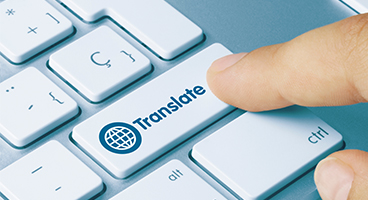
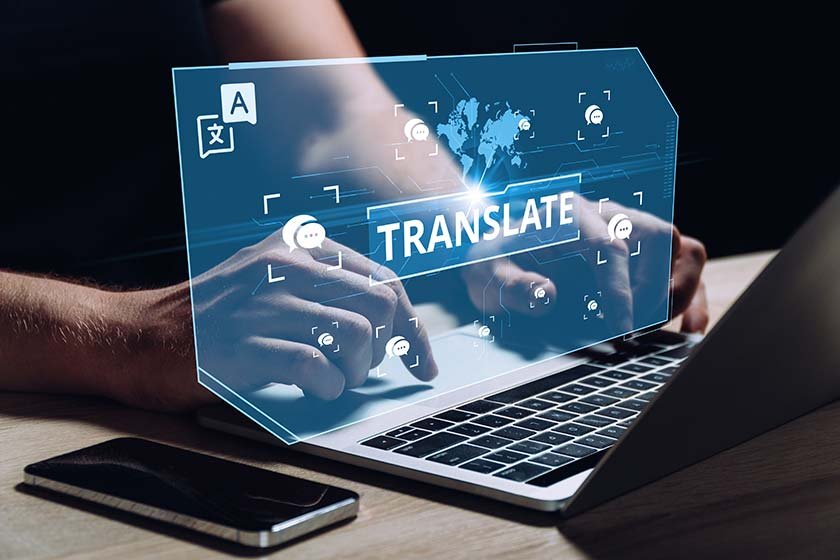
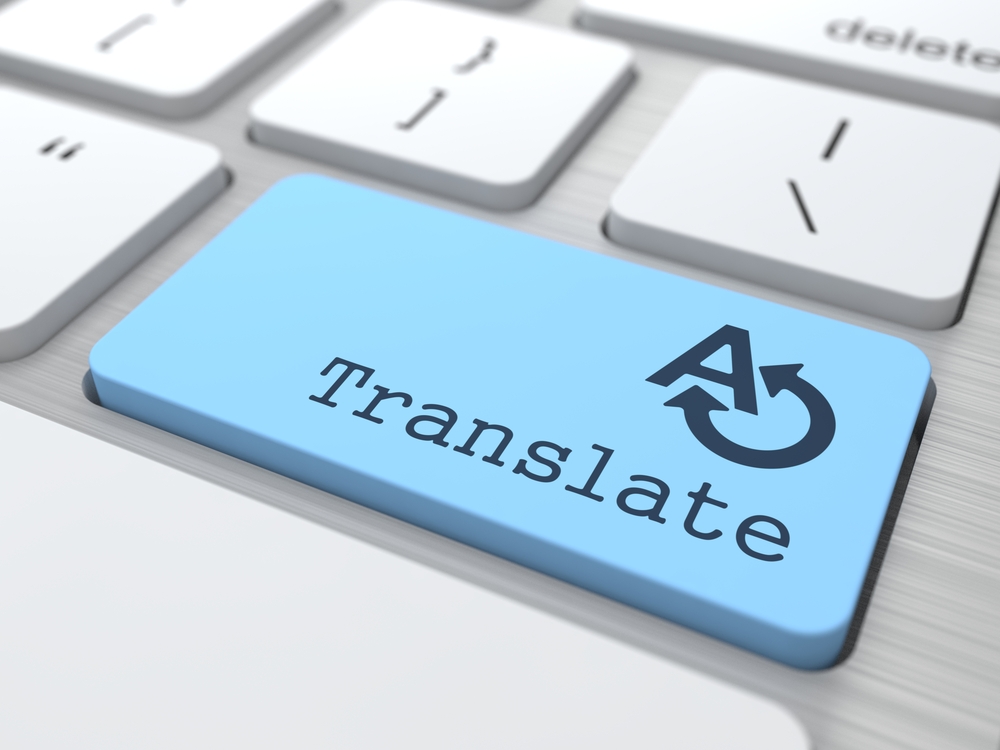
What is Text Translation?



Benefits of Text Translation
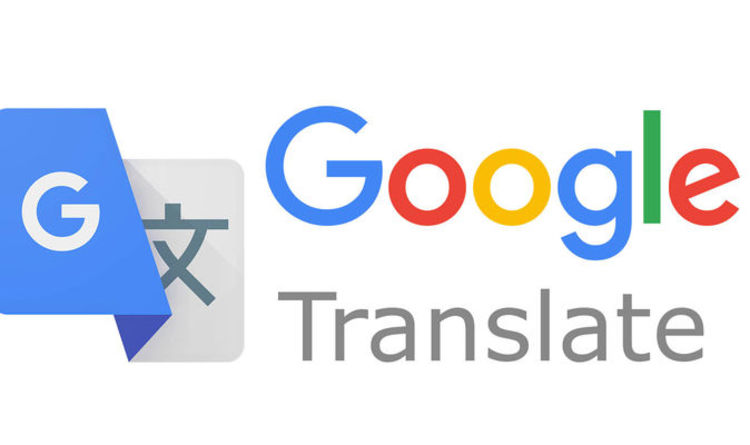

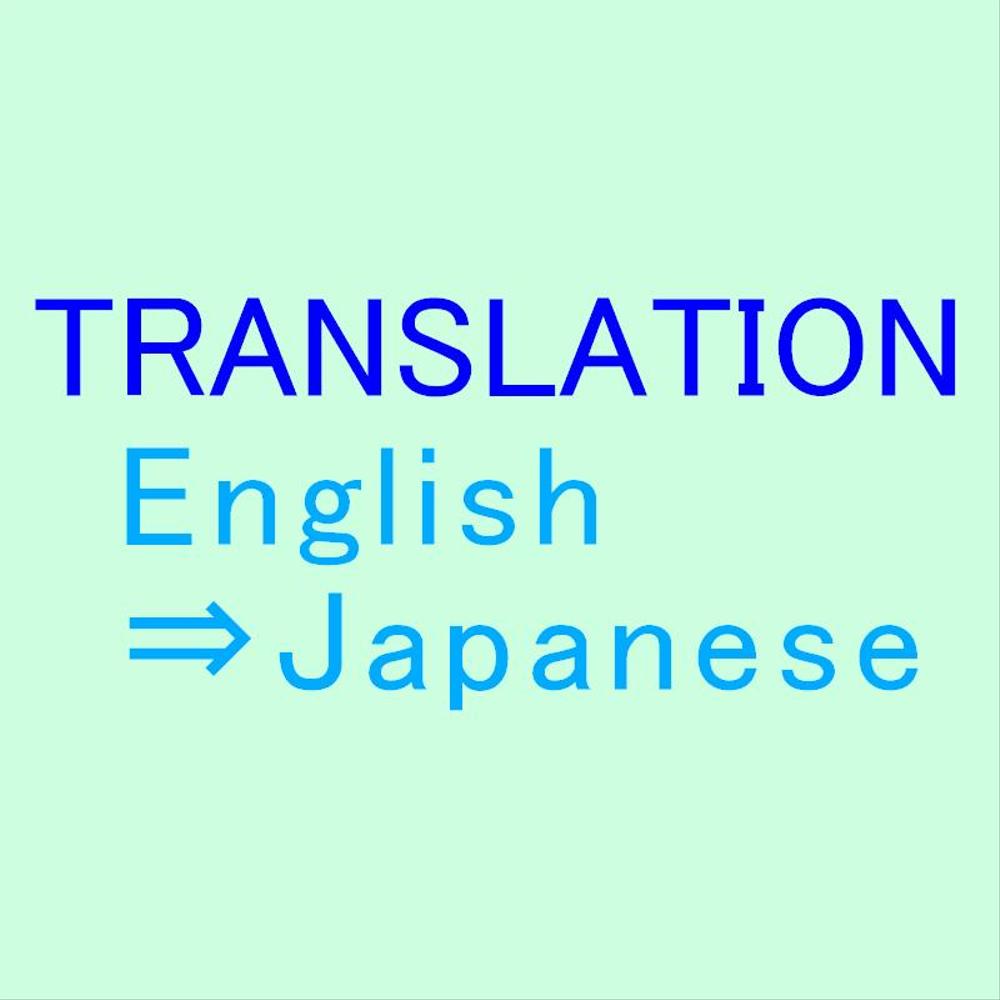
Types of Text Translation
There are several types of text translation, including: Machine Translation: Automated translation using software, such as Google Translate. Human Translation: Translation performed by professional human translators. Hybrid Translation: A combination of machine and human translation, where machines provide the initial translation, and humans review and edit the output.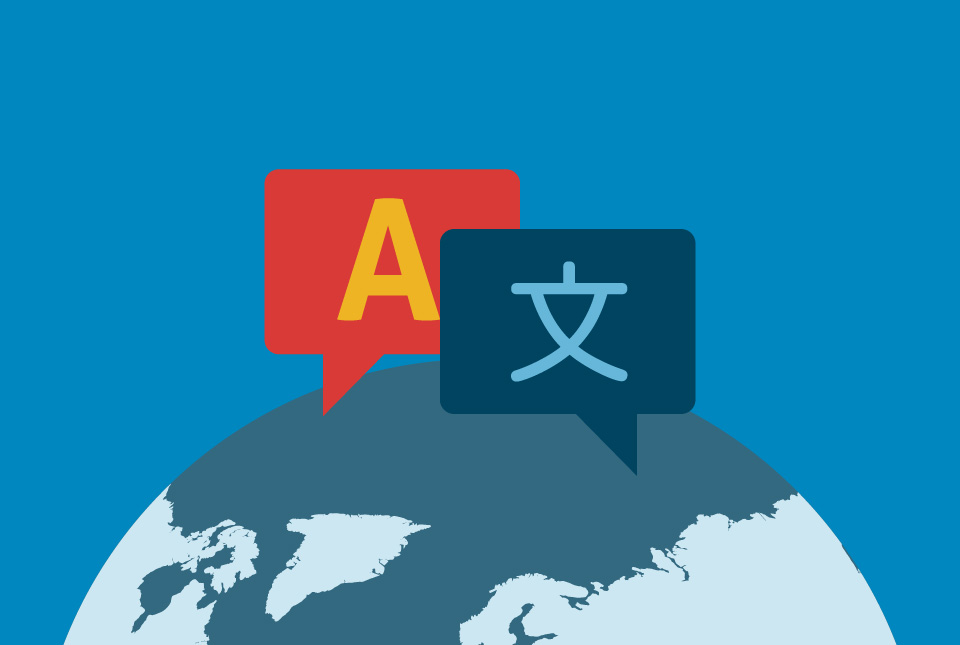
Applications of Text Translation
Text translation has a wide range of applications: Website Translation: Translating website content to reach international audiences. Document Translation: Translating documents, such as contracts, manuals, and reports. Marketing Translation: Translating marketing materials, such as brochures, ads, and social media content. Education and Research: Translating academic papers, articles, and educational resources. In conclusion, text translation is a powerful tool that has revolutionized the way we communicate across languages. With its numerous benefits, types, and applications, text translation has become an essential component of international communication. Whether you're a business looking to expand globally or an individual seeking to connect with people from diverse linguistic backgrounds, text translation can help you break language barriers and achieve your goals. By leveraging the power of text translation, we can foster greater understanding, cooperation, and exchange between nations and cultures, ultimately creating a more interconnected and harmonious world.Keyword density: text translation (1.5%), language (0.8%), translation (1.2%), global (0.5%), communication (0.8%)
Note: The keyword density is an estimate and may vary based on the actual content and search engine algorithms.